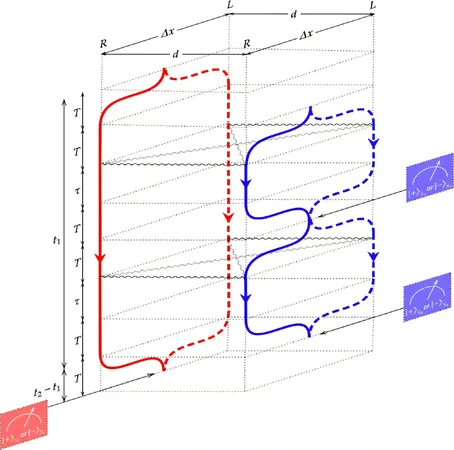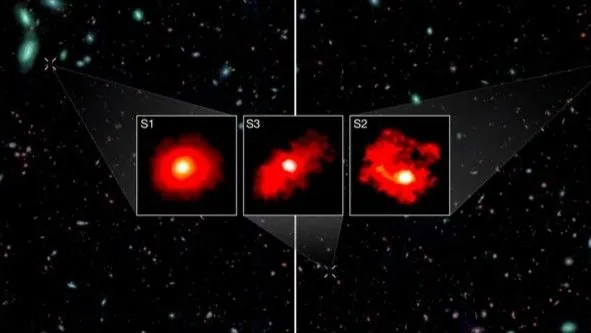
Earth's Hidden Past: A 120-Million-Year-Old Tectonic Plate Uncovered in Borneo!
2024-09-25
Author: Charlotte
Introduction
In an astonishing revelation, scientists have unearthed remnants of a long-lost part of the Earth in Borneo, dating back an impressive 120 million years. This extraordinary discovery not only enriches our understanding of Earth's geological history but also hints at the dynamic processes that have shaped continents over eons.
The Discovery of the Pontus Plate
Geologists have long been on a quest to uncover Earth’s hidden secrets, from elusive missing continents to vast oceans concealed beneath the surface. The recently discovered tectonic plate, now referred to as the Pontus plate, has added a captivating chapter to this ongoing exploration.
The Research Team
The breakthrough came when Suzanna van de Lagemaat, a recent graduate geologist from Utrecht University, alongside her mentor Douwe van Hinsbergen, began analyzing geological data from the mountains spanning the Asia-Pacific region. While investigating rock formations in northern Borneo, Van de Lagemaat stumbled upon clear indicators of the ancient Pontus plate.
Analyzing the Data
"We initially thought we were examining remnants of a known plate," Van de Lagemaat explained. "However, our magnetic lab analysis revealed that these rocks originated from much farther north and were, in fact, remnants of a previously unidentified plate."
Significance of the Pontus Plate
The researchers estimate that the Pontus plate was a significant entity within the Earth’s crust before the breakup of the supercontinent Pangaea. Geologically reconstructed, the Pontus plate is thought to have been nearly a quarter the size of the Pacific Ocean around 160 million years ago. Nestled beneath the vast ocean that once separated Eurasia and Australia, the Pontus plate was eventually consumed by surrounding tectonic activities as Pangaea fractured, leading to the current placements of countries such as the Philippines and Borneo.
The Junction Region
Van de Lagemaat’s research concentrated on the complex tectonic activity present in the Junction Region—an area interlinking Japan, Borneo, the Philippines, New Guinea, and extending down to New Zealand. Utilizing intricate geological data, she successfully produced a detailed animation showcasing the tectonic movements that have transpired from the age of dinosaurs to the present day.
Implications for the Future
This discovery can reshape our understanding of plate tectonics and help scientists better predict future geological phenomena. Researchers anticipate that further studies on the Pontus plate will reveal additional insights into the evolutionary history of our planet.
Conclusion
As the mysteries of the Earth's crust continue to unfold, this finding emphasizes the ongoing need for exploration and study, reminding us that there is still so much to learn about our planet's ancient past. Stay tuned for more incredible discoveries that just might change everything we thought we knew about Earth!









 Brasil (PT)
Brasil (PT)
 Canada (EN)
Canada (EN)
 Chile (ES)
Chile (ES)
 España (ES)
España (ES)
 France (FR)
France (FR)
 Hong Kong (EN)
Hong Kong (EN)
 Italia (IT)
Italia (IT)
 日本 (JA)
日本 (JA)
 Magyarország (HU)
Magyarország (HU)
 Norge (NO)
Norge (NO)
 Polska (PL)
Polska (PL)
 Schweiz (DE)
Schweiz (DE)
 Singapore (EN)
Singapore (EN)
 Sverige (SV)
Sverige (SV)
 Suomi (FI)
Suomi (FI)
 Türkiye (TR)
Türkiye (TR)